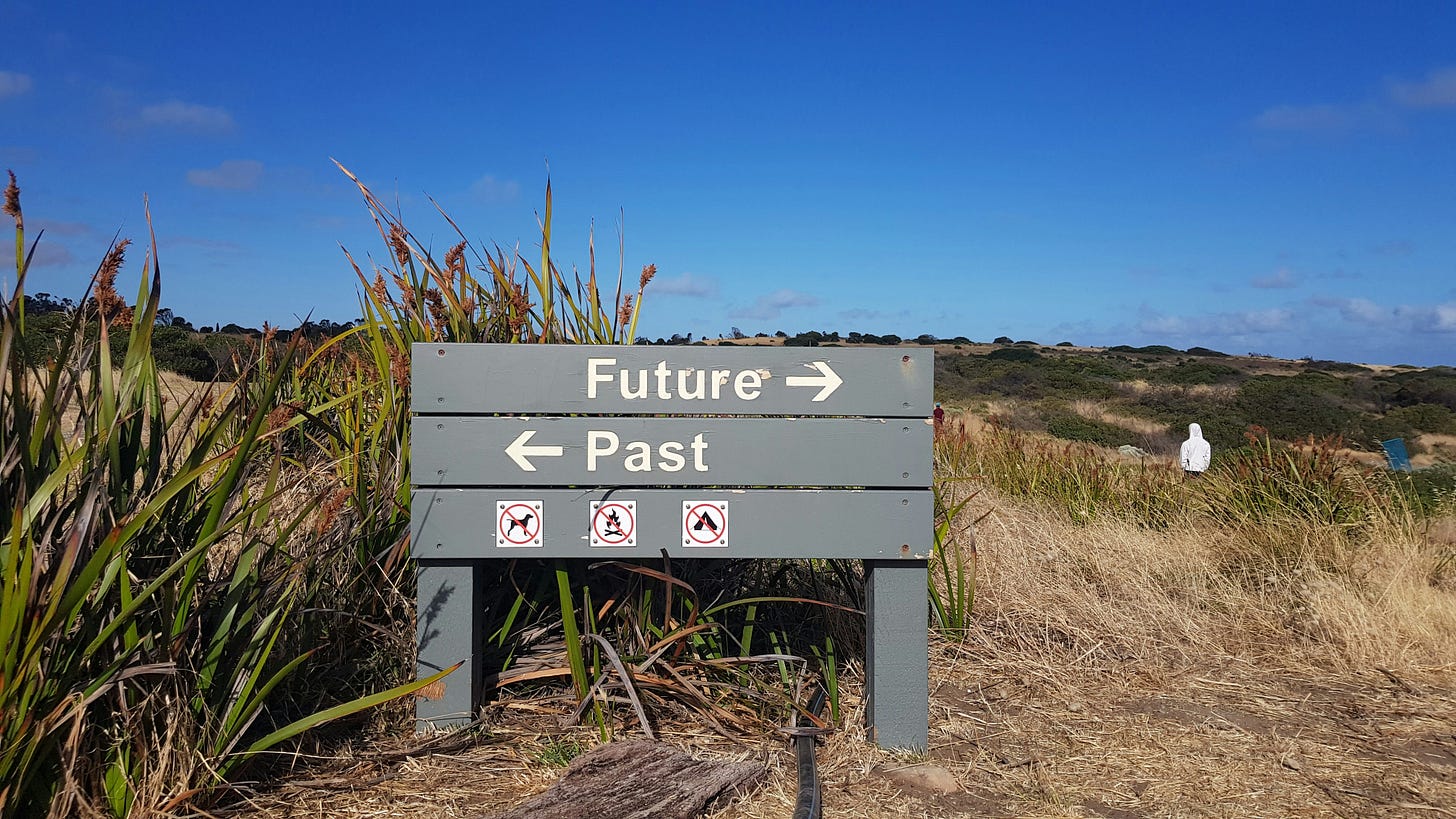Part Seven: Mayfly Meanderings on the Book—The American Religious Landscape
Topics: The Future of American Religion
This is the seventh and final post on Ryan Burge’s book.
Read Part One HERE on more than survey research and the limits of survey research.
Read Part Two HERE on decline of Christianity, rise of non-denominationalism, and evangelical trends.
Read Part Three HERE on Mainline Protestantism and high expectations vs. low expectations.
Read Part Four HERE on Black Baptists and the Miscount, and the Disappearance of Judaism.
Read Part Five HERE on Mormons, and Aging vs. Young Families.
Read Part Six HERE on Atheists, Agnostics, and Nothing in Particular.
In his concluding chapter, Ryan Burge highlights five trends on the future of American religion. I will briefly summarize these trends.
The five are listed here, followed by a brief summary of each trend:
Trend 1: Christianity will still dominate the religious landscape for the immediate future.
Trend 2: Religious switching will accelerate and significantly impact the landscape.
Trend 3: Mainline Protestant Christianity will largely disappear.
Trend 4: The rise of the nones will slow.
Trend 5: It will become even more difficult to project the future of American religion.
MM on Christianity Will Still Dominate the Religious Landscape
From 1972 to 2022, according to the General Social Survey, the percentage of Americans who identified as Catholic, Protestant, or Orthodox decreased from 90% to 64%. This decline began accelerating in the 1990s. [251-2]
“The overall racial composition of American Christianity is changing. In the 1970s, just 15% of all Christians were non-white. In the United States in 2022, nearly 27% of Christians were people of color. This shift is happening for primarily two reasons—one is that the United States is becoming a more racially diverse country, and second is that a significant number of white Americans are moving into the category of nonreligious.” [252]
“Given the changing racial composition of American Christianity, we should expect to see new voices emerge in the Christian world that look, think, and preach differently than those who have come before.” [252]
MM on Religious Switching Will Accelerate
Historically, “the strongest predictor of one’s current religious affiliation is the religion in which they were raised.” [253] Currently, “the story of someone maintaining the same religion for the entire course of their life is becoming less frequent with each successive generation.” [253]
A chart on page 253 shows the most significant changes are happening among Mainline Protestants and Catholics. Mainline Protestants are actually in a freefall of both children raised in their tradition and people who remain with their tradition.
On the same chart, the No Religion category is experiencing the greatest percentage increase when people are asked about their current religion.
“The share of people born around 2000 who currently claim no religious affiliation is north of 35%. This means that the ranks of the nonreligious are growing primarily by people leaving other religious traditions behind and now affiliating as a none.” [254]
MM on Mainline Protestant Christianity Will Disappear
“One of the most unmistakable trends in the American religious landscape over the last several decades is the collapse of Mainline Protestant Christianity.” [255]
Within 75 years Mainline Protestant Christianity has moved from being the religion of choice for 50% of America to now only 10% of America. [255]
“By 2030, just 5% of all Americans will be mainline Protestant, and this number will reach zero somewhere around 2040.” [255] (My comment: Or only a remnant percentage.)
MM on The Rise of the Nones Will Slow
“The most important story in American religious demography over the last several decades is the meteoric rise of the share of Americans who claim no religious affiliation on surveys.” [257]
“The percentage of American who could be classified as religious ‘nones’ today is likely at least 30%, and among the younger generations, it’s at least 40%.” [257]
However, in this section, Burge looks at the interaction of multiple surveys and suggests the growth in nonreligious people may be slowing down or even plateauing.
Ryan states that “it appears unlikely that the nones will move past half of the American population in the next few decades. [259]
I have one hunch not backed by scientific research. Since it also appears formally “belonging” in our society is not near the priority it once was, it could be that some who answer non-religious on a survey about their activity or practice, are really somewhat active and even involved in a religious community or gathering. Just not a formal member.
MM on Projecting the Future of American Religion
In this section Burge refers to the Pew Research Center’s 2022 report where they predicted what the American religious landscape would be like in 2070. Pew offered four scenarios.
I appreciate the way Burge speaks about one set of parameters from the Pew study: “The model predicts that the share of Christians and nones will be statistically similar somewhere around 2050 when both are around 45%. By 2070, the lines will have clearly crossed and nearly half of all American adults will be nonreligious compared to just 39% who will identify as Christians. Those from other faith groups will make up the rest of the American population.” [261]
While I appreciate the way Burge speaks about this prediction, it is a significant challenge to the Christian movement and calls for a disruption in current missional strategies.
OR . . .


